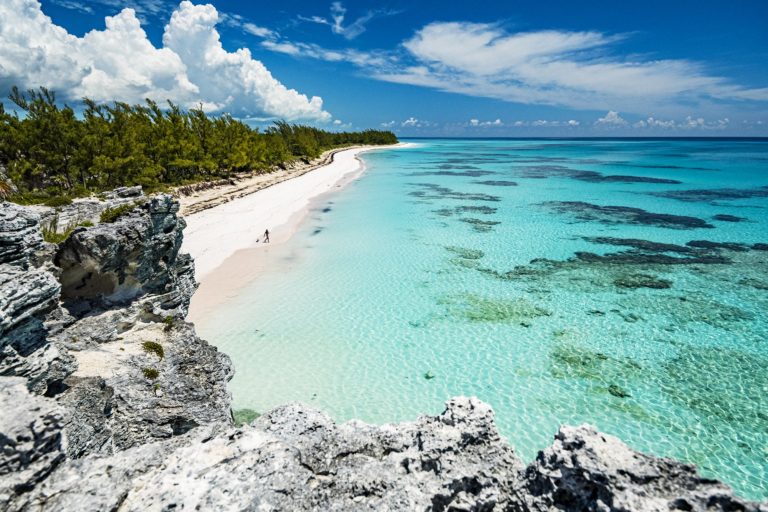Environmental groups call Disney’s Lighthouse Point EIA litmus test of its new 2030 Sustainability Goals
By: Waterkeeper Alliance

On February 9, Bahamian and international environmental groups with the Stop Disney – Last Chance for Lighthouse Point campaign sent a letter to Dr. Penning, Disney’s Vice President of Animals Science and Environment, stating that the company’s forthcoming Environmental Impact Assessment on its proposed $400 million cruise ship port would be a “litmus test” of the company’s new sustainability goals for “protecting the planet and delivering a positive environmental legacy for future generations as we operate and grow our business.”
The letter points out that the fundamental principles laid out in Disney’s 2030 Sustainability Goals issued in late December 2020, “include being grounded in science, benefiting local communities, and working with local partners including NGOs.” The letter points out that “at Lighthouse Point, we have not seen the transparency and stakeholder engagement essential to meet those goals.”
The groups expressed disappointment that Disney and the Government of The Bahamas have not responded to their October 27th letter in which they set out a proposed timeline for a meaningful review and public consultation on the EIA.
Joseph Darville, Chairman of Save the Bays, said: “Environmentalists are concerned that Disney and the Government will attempt to ram through approval of the EIA without giving the public an opportunity to see and debate the intertwined economic, social, and environmental costs and benefits of Disney’s proposal. Disney needs to prove that this project is really a good deal not only for Disney, but also for the people of Eleuthera and The Bahamas.”
The letter states that “climate change is not a “political” issue, but a scientific one that affects the viability of the proposed project.” The Bahamas has been identified as one of the most vulnerable countries in the world to sea-level rise and more intense storms resulting from climate change. The EIA at Lighthouse Point must fully consider “the impact of climate issues (sea level rise, increasing storm frequency and intensity, etc.) on the project, as well as the project’s associated emissions.”
Sam Duncombe, Executive Director of reEarth, added: “Disney’s EIA needs to address how this project will impact the company’s goal of reaching net zero emissions and investing in low carbon fuels. Disney’s new cruise ships now under construction in fact will be powered with Liquid Natural Gas (LNG) or methane that is 84 times more potent than carbon dioxide. LNG is not a climate-friendly fuel.”
Casuarina Mckinney-Lambert, Executive Director of the Bahamas Reef Environment Educational Foundation, added: “Disney has said that they are committed to natural climate solutions, yet they are planning to build a cruise port right at the heart of one. Marine Protected Areas such as the one proposed off of Lighthouse Point are known natural climate solutions. Disney’s EIA must include a full account of the studies that support the assertion that the construction and operation of a cruise port — including a half mile long pier and up to a million visitors a year — is compatible with protecting the rich biodiversity around Lighthouse Point at the southernmost tip of Eleuthera.”
Rashema Ingraham, Executive Director of Waterkeepers Bahamas, added: “The Last Chance campaign partners and our associated scientists and experts have more than 100 years of expertise with Bahamian environment matters and are fully aware of the climate related threats posed on our low-lying islands. Yet Disney still has failed to engage with us in a meaningful way to properly address and manage “natural climate solutions” which is what their goals speak directly to. Disney still has not divulged any specifics about the scope of its assessment.”
Marc Yaggi, Executive Director of the international nonprofit Waterkeeper Alliance, added: “Disney is a major multinational corporation and one of the world’s most important storytellers about wildlife and nature. It is not too late for Disney to change its direction at Lighthouse Point and show real leadership on climate change. The world is watching, as evidenced by the more than 440,000 people that have signed our petition calling for a more sustainable future for Lighthouse Point.”